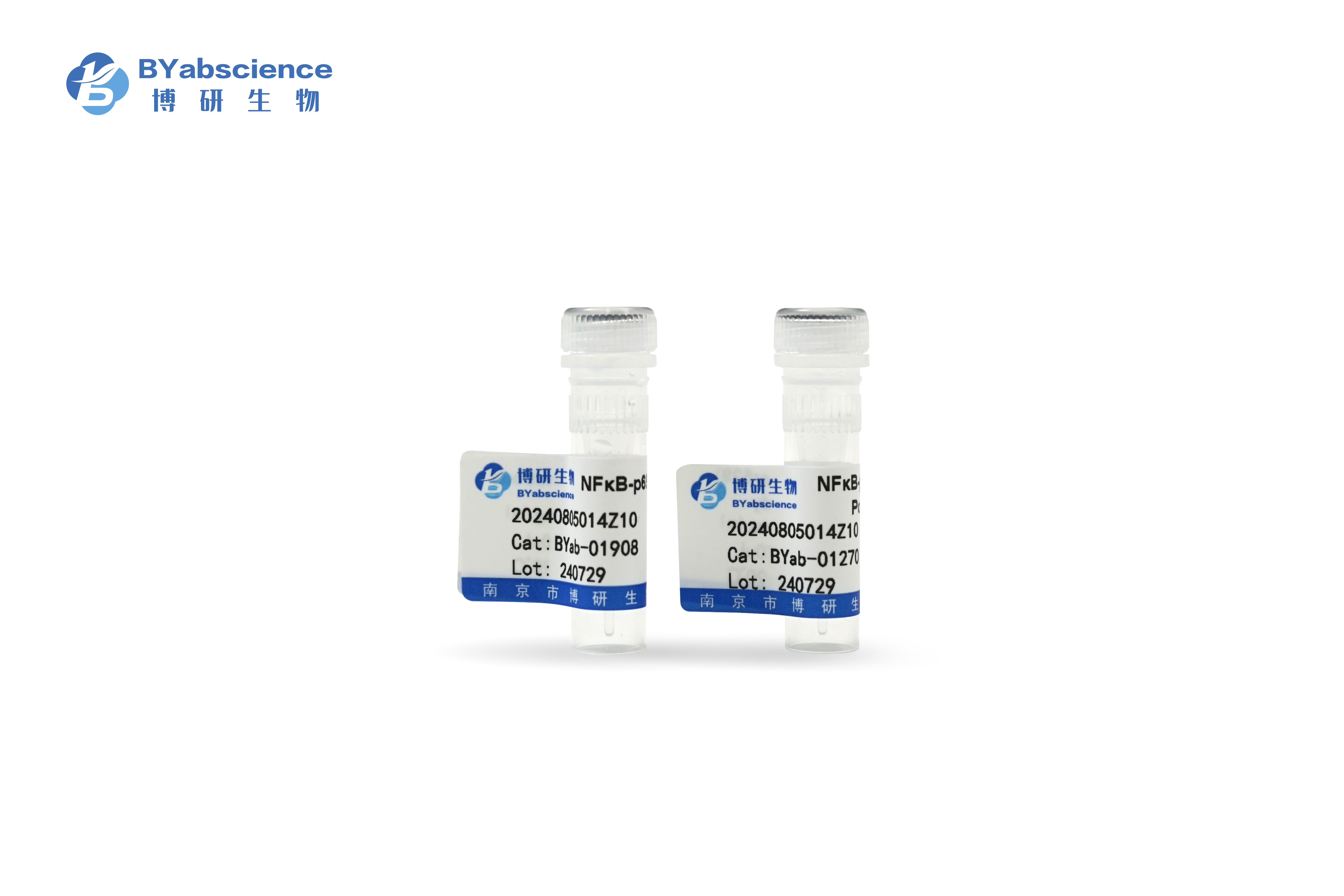免疫原
The antiserum was produced against synthesized peptide derived from human RMP. AA range:415-464
特异性
RMP Polyclonal Antibody detects endogenous levels of RMP protein.
组成(Formulation)
Liquid in PBS containing 50% glycerol, 0.5% BSA and 0.02% sodium azide.
稀释比例
WB: 1/500 - 1/2000. IHC: 1/100 - 1/300. ELISA: 1/40000.. IF 1:50-200
纯化工艺(Immunogen)
The antibody was affinity-purified from rabbit antiserum by affinity-chromatography using epitope-specific immunogen.
背景(Background)
This gene encodes member of the prefoldin family of molecular chaperones. The encoded protein functions as a scaffolding protein and plays roles in ubiquitination and transcription, in part though interactions with the RNA polymerase II subunit RPB5. This gene may play a role in multiple malignancies including ovarian cancer and hepatocellular carcinoma. Alternatively spliced transcript variants encoding multiple isoforms have been observed for this gene, and a pseudogene of this gene is located on the long arm of chromosome 22. [provided by RefSeq, Nov 2011],
功能
function:Seems to be a scaffolding protein able to assemble a prefoldin-like complex that contains PFDs and proteins with roles in transcription and ubiquitination.,similarity:Belongs to the RNA polymerase II subunit 5-mediating protein family.,subunit:Component of the URI complex that contains PFD2, POLR2E/RPB5, TIP48, TIP49 and URI. Interacts with POLR2E/RPB5 and LRPPRC.,tissue specificity:Ubiquitous.,






